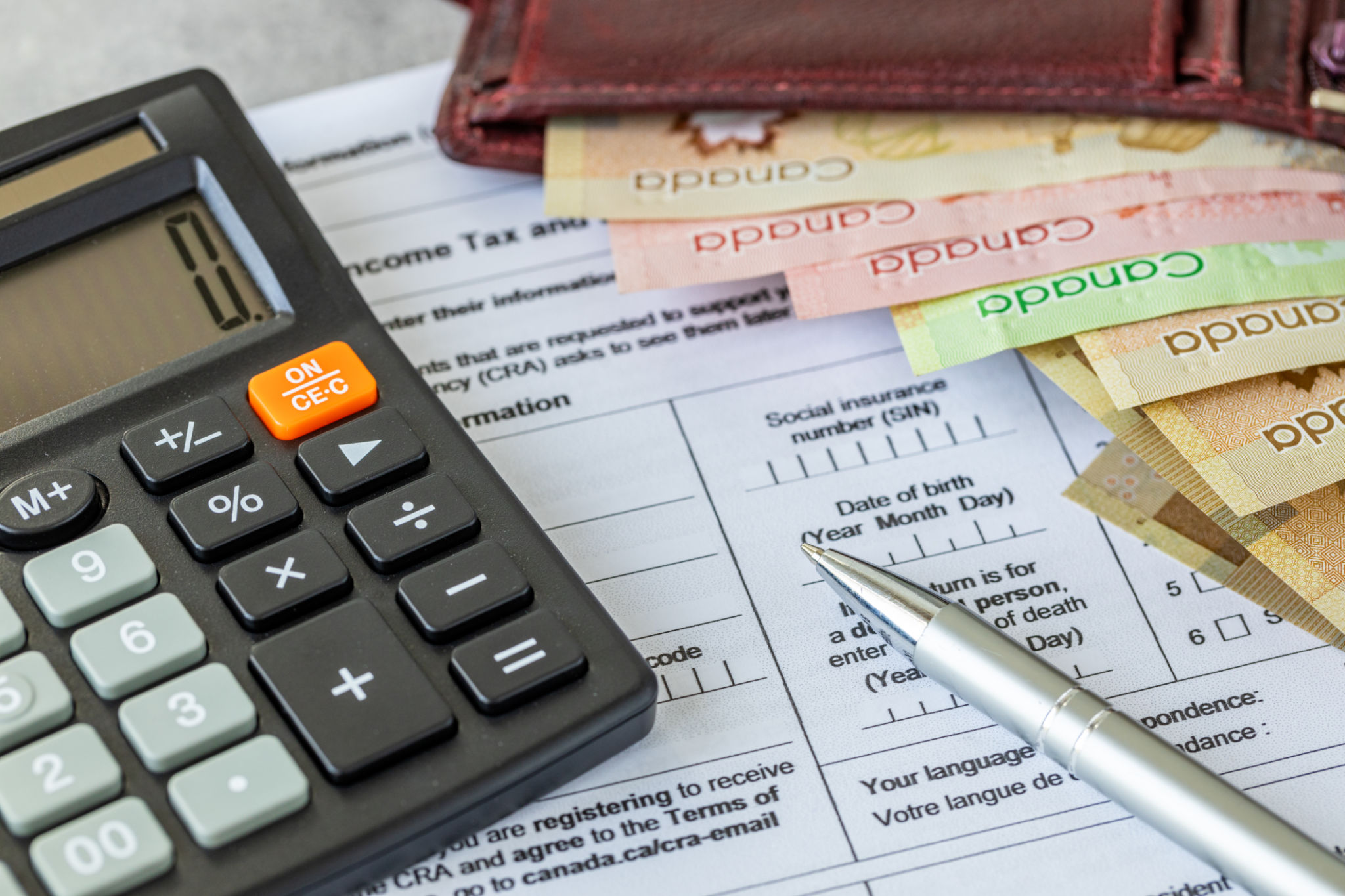Common Tax Preparation Mistakes and How to Avoid Them
Understanding Common Tax Preparation Mistakes
When tax season rolls around, many taxpayers rush to file their returns, often leading to errors. These mistakes can result in penalties, delayed refunds, or even audits. Understanding the common pitfalls and how to avoid them can save you time and money.

Incorrect or Missing Information
One of the most common errors involves incorrect or missing information on the tax return. This includes errors in Social Security numbers, misspelled names, or incorrect bank account details. Always double-check your personal information before submitting your return. Accuracy is crucial, as even small mistakes can lead to processing delays.
Additionally, ensure that all relevant information is included. Missing income forms, such as W-2s or 1099s, can result in an incomplete return. Keep track of all your income sources and gather all necessary documents before you start preparing your taxes.
Overlooking Deductions and Credits
Many taxpayers miss out on valuable deductions and credits either due to oversight or lack of knowledge. Deductions and credits can significantly reduce your taxable income or even increase your refund. For example, educational expenses, medical expenses, and mortgage interest are common deductions people overlook.

Make it a point to research which deductions and credits you qualify for. Consider consulting a tax professional if you are unsure about the deductions applicable to your situation. Maximizing your eligible deductions can lead to considerable savings.
Filing Status Errors
Choosing the wrong filing status is another frequent mistake. Your filing status impacts your tax bracket and eligibility for certain deductions or credits. Common statuses include single, married filing jointly, married filing separately, and head of household.
Review the IRS guidelines to determine the appropriate status for your circumstances. If you're uncertain, a tax advisor can provide guidance based on your financial situation and living arrangements.

Neglecting to E-file
Despite the availability of electronic filing (e-filing), some taxpayers still choose to file paper returns. E-filing is not only faster and more secure but also reduces the likelihood of errors. Many tax preparation software programs offer built-in checks to catch mistakes before submission.
Moreover, e-filing allows for direct deposit of refunds, speeding up the refund process significantly. Consider making the switch to e-filing if you haven't already.
Conclusion
Avoiding these common tax preparation mistakes requires attention to detail and a bit of planning. By ensuring accurate information, taking advantage of deductions and credits, selecting the correct filing status, and opting for e-filing, you can streamline your tax preparation process. If in doubt, consulting with a tax professional can provide peace of mind and potentially save you from costly errors.
